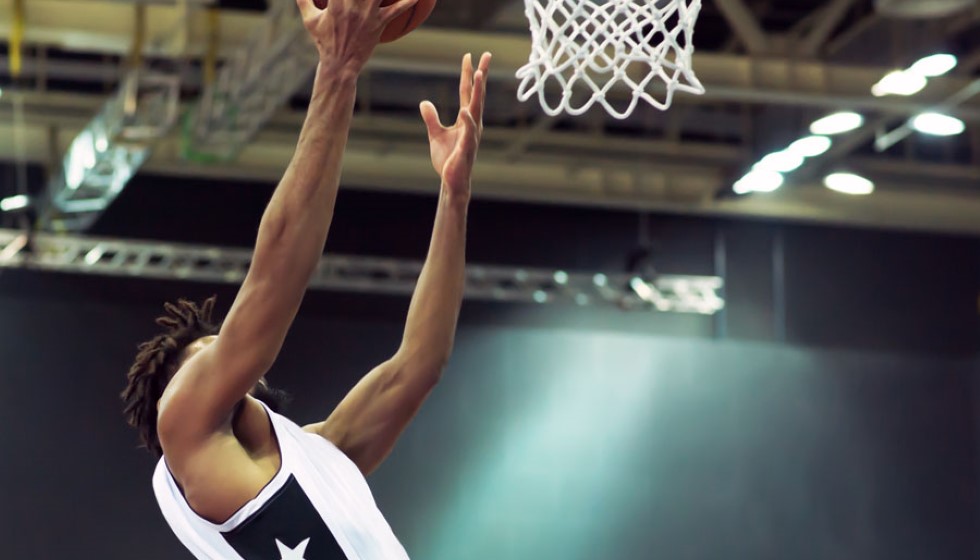
For the Philadelphia 76ers, the challenge of maintaining competitiveness without their star center Joel Embiid, as well as backup Andre Drummond, has introduced an era of strategic adjustment. As they navigate through this period, one of the more striking adaptations is the deployment of smaller lineups under the direction of head coach Nick Nurse. Within this experiment, the 76ers have enlisted noteworthy talents such as Paul George, who is known for his formidable perimeter defense and impressive wingspan, standing 6-8 with a 6-11 reach.
A New Kind of Battle
Paul George's transition into a more unconventional role has been both intriguing and admittedly atypical for the veteran player. “It's different. I'm used to scrapping and running around and chasing and fighting through screens,” George shared as he adjusted to the dynamics of playing on the court without a traditional center. This adaptive strategy is not isolated to Philadelphia; indeed, the Boston Celtics and other teams across the league have tested similar waters, often to mixed results.
However, the approach is not without its challenges. During a recent matchup against the New Orleans Pelicans, the Sixers' centerless formation was tested to its limits, culminating in a 123-115 loss. Despite the setback, the lineup featuring George alongside Tyrese Maxey, Ricky Council IV, Kelly Oubre Jr., and Caleb Martin provided valuable insight into the potential and pitfalls of such a tactic on the court.
The Small Ball Strategy
This emphasis on mobility and versatility brings its own set of demands. George, in particular, mirrors the quintessence of adaptability, even when it brings a sense of restlessness to his playstyle. “To be honest, I'm bored playing on a 5. It just don't do enough for me,” he admitted, bemoaning the lack of dynamic engagement that a center role typically demands in his view. Nevertheless, he remains committed and driven, expressing a clear preference for the tenacity required in defending smaller, faster players: “I enjoy chasing the little guys and matching up against wing offensive players.”
Filling the Void
With Guerschon Yabuesele stepping up as the starting center and Adem Bona anchoring the second unit, the Sixers strive to exploit the advantages of a faster, more agile lineup while compensating for the absence of traditional big men. Yet, each game's outcome writes a new chapter in this evolving story, increasingly underscoring the theme of adaptability as the roster mold continues to shift based on available talent and strategic experimentation.
For Philadelphia, this period without their cornerstone, Embiid, is testing more than mere tactics. It challenges the ethos of adaptability within their roster, a question of how they can craft victory amidst unfamiliar formations. As evidenced by their continued effort, painted vividly in the high-intensity match against the Pelicans, the Sixers remain a testament to the resilience and resourcefulness that defines successful franchises.
Throughout the league, employing smaller lineups has become not just a strategy but a necessity dictated by circumstances. The absence of Embiid and Drummond has demanded innovation from Coach Nurse, whose willingness to embrace diversified lineups reflects a deeper understanding of basketball's evolutionary trajectory. Each game played in this context offers further insights, not just into tactics, but into the very fabric of competition and teamwork.
As the Sixers push forward, the adaptation remains a tightly woven narrative of challenge and opportunity—a call for not only players but also strategies to evolve. Within these narratives, Paul George's reflections capture the essence: a blend of discomfort and invigorating challenge that embodies the current state of the 76ers, ever in pursuit of excellence, with or without their stars on the floor.